Noah was born November 2016 and was initially diagnosed with Pierre Robin Sequence; were told at birth he had a cleft palate, a recessed lower jaw and his tongue was blocking his airway. He spent 18 days in NICU and on day 15 we were told of his diagnosis of 2q32.3q33.1 deletion. In the January we had an appointment with genetics who mentioned the SATB2 gene was included in this deletion. I then found the SATB2 family Facebook group ❤️
He was exclusively NG tube fed for 2 months, until it was safe to introduce a bottle, then at 6 months we took his tube out for good and never looked back, he loves his food! He was an early roller but later than average with all other gross motor skills; walking unaided around 2 years old.
He loves; swimming and splashing in water, playing with his assortment of vehicles and admiring himself in the mirror or photos! He also loves his little brother.
Noah is non verbal & uses makaton to communicate and although his signs are approximated, as a family it has become easier to understand him, he loves to sign his favourite animals and learns a lot from Mr Tumble!
Noah is such a happy, sociable and curious child, and we see his determination in everything he does.
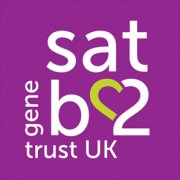
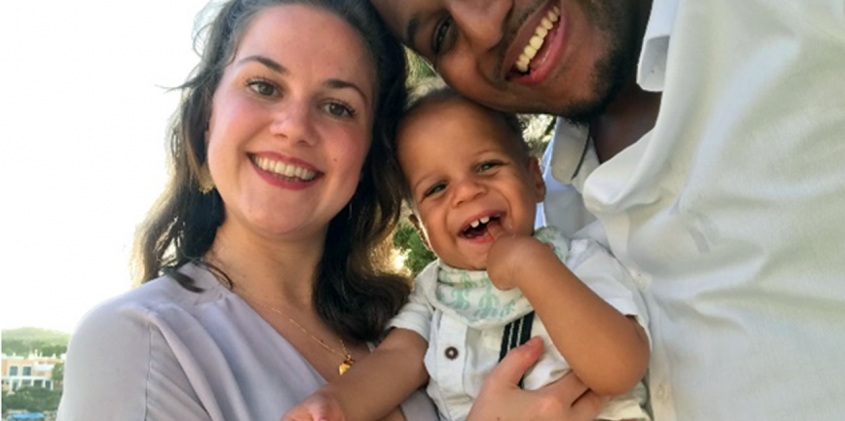


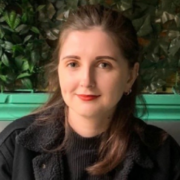
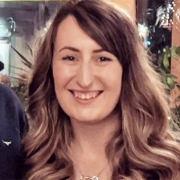
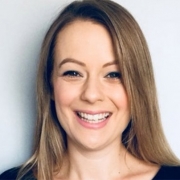
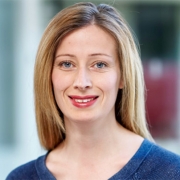
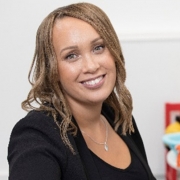
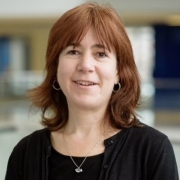 Dr. Jennifer Fish is an Assistant Professor at the University of Massachusetts Lowell (UML), where she teaches Developmental Biology and Comparative Vertebrate Embryology. Prior to arriving at UML, she trained at King’s College London and the University of California San Francisco. Dr. Fish has been researching the roles of SATB2 in development since 2008 using animal models of disease.
Dr. Jennifer Fish is an Assistant Professor at the University of Massachusetts Lowell (UML), where she teaches Developmental Biology and Comparative Vertebrate Embryology. Prior to arriving at UML, she trained at King’s College London and the University of California San Francisco. Dr. Fish has been researching the roles of SATB2 in development since 2008 using animal models of disease.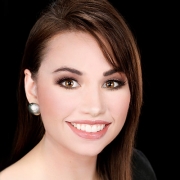 Ashlen Thomason, Ph.D., CCC-SLP, is a member of the outpatient speech pathology team at Arkansas Children’s Hospital. She is a graduate of the Arkansas Consortium for the Ph.D. in Communication Sciences and Disorders with a major research emphasis in stuttering and minor in cleft palate.
Ashlen Thomason, Ph.D., CCC-SLP, is a member of the outpatient speech pathology team at Arkansas Children’s Hospital. She is a graduate of the Arkansas Consortium for the Ph.D. in Communication Sciences and Disorders with a major research emphasis in stuttering and minor in cleft palate.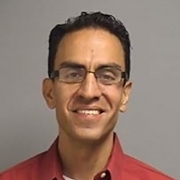 Dr Yuri Zarate is a Clinical Geneticist and an Associate Professor at the University of Arkansas for Medical Sciences and Arkansas Children’s Hospital. In 2014, Dr Zarate started a research project that led to a report with the first cohort of patients with SATB2-associated syndrome (SAS). From there, he established a strong-long lasting relationship with the support group for this rare condition, created the initial dedicated
Dr Yuri Zarate is a Clinical Geneticist and an Associate Professor at the University of Arkansas for Medical Sciences and Arkansas Children’s Hospital. In 2014, Dr Zarate started a research project that led to a report with the first cohort of patients with SATB2-associated syndrome (SAS). From there, he established a strong-long lasting relationship with the support group for this rare condition, created the initial dedicated 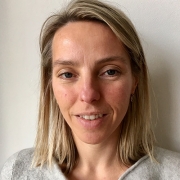 Drs. Barber Tinselboer is a physician for people with Intellectual Disabilities (ID). In the Netherlands, this is a medical specialty, created to provide better medical care to people with ID. Her work is comprised mostly of treating the comorbid conditions in people with ID like epilepsy, behavioural issues, psychiatric disorders and additional physical problems. She works at ‘s Heeren Loo in Apeldoorn, an organization that provides care, services and treatment for people with ID. She also has a son with SATB2-associated syndrome.
Drs. Barber Tinselboer is a physician for people with Intellectual Disabilities (ID). In the Netherlands, this is a medical specialty, created to provide better medical care to people with ID. Her work is comprised mostly of treating the comorbid conditions in people with ID like epilepsy, behavioural issues, psychiatric disorders and additional physical problems. She works at ‘s Heeren Loo in Apeldoorn, an organization that provides care, services and treatment for people with ID. She also has a son with SATB2-associated syndrome.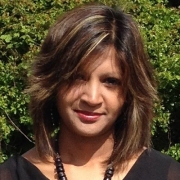 Dr Meena Balasubramanian completed her Paediatric training before undertaking specialist training in Clinical Genetics. Her MD is on atypical presentation of Osteogenesis Imperfecta (OI) obtained in 2012. She has been a Consultant in Clinical Genetics with a specialist bone genetics interest at Sheffield Children’s Hospital since 2012, and provides genetics input to the national OI service. She has led several projects focused on genetics of rare bone disorders and currently pursuing research projects focussed on identifying novel genomic approaches to rare bone disorders and exploring newer targets for therapy for these conditions.
Dr Meena Balasubramanian completed her Paediatric training before undertaking specialist training in Clinical Genetics. Her MD is on atypical presentation of Osteogenesis Imperfecta (OI) obtained in 2012. She has been a Consultant in Clinical Genetics with a specialist bone genetics interest at Sheffield Children’s Hospital since 2012, and provides genetics input to the national OI service. She has led several projects focused on genetics of rare bone disorders and currently pursuing research projects focussed on identifying novel genomic approaches to rare bone disorders and exploring newer targets for therapy for these conditions.